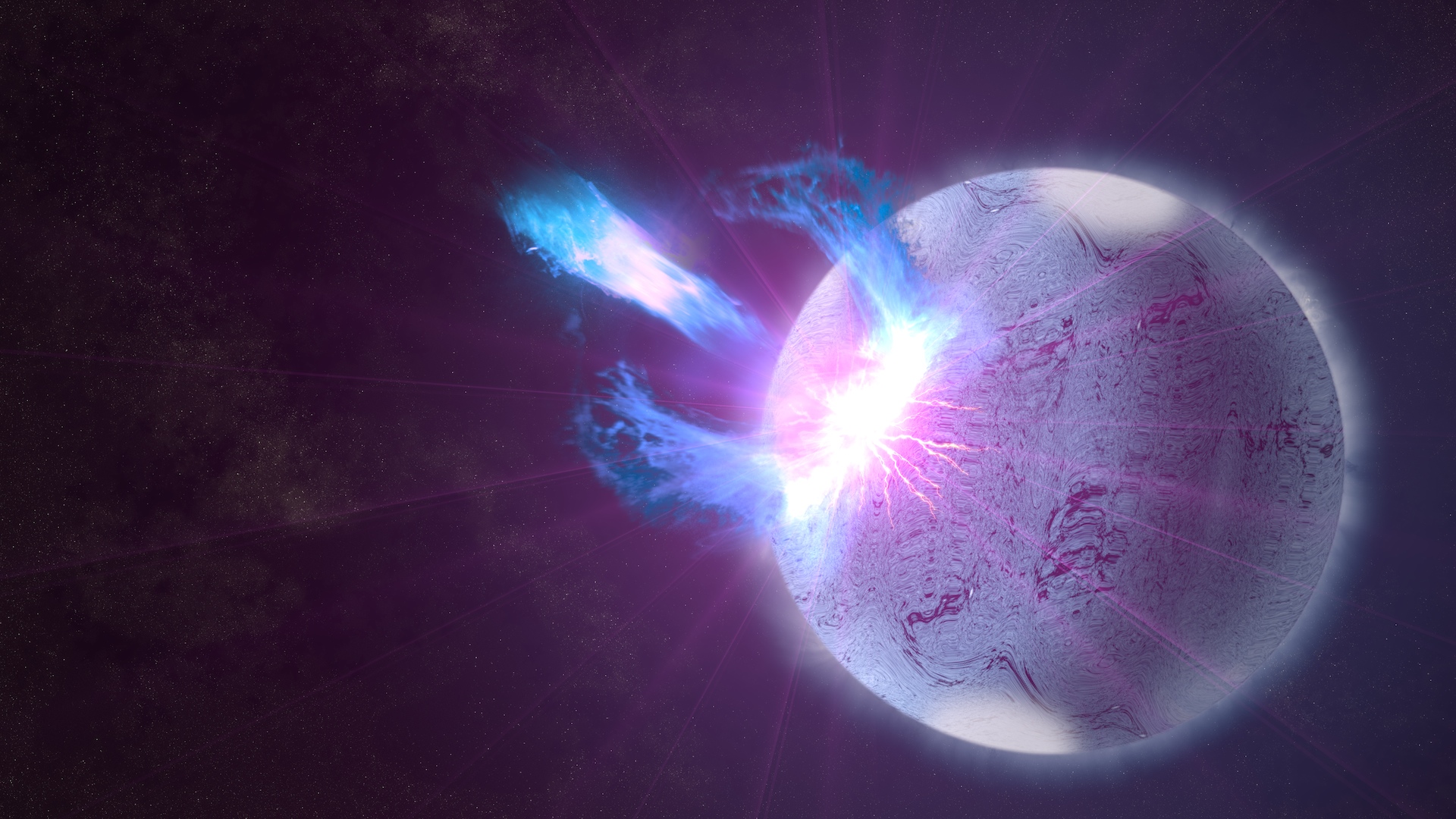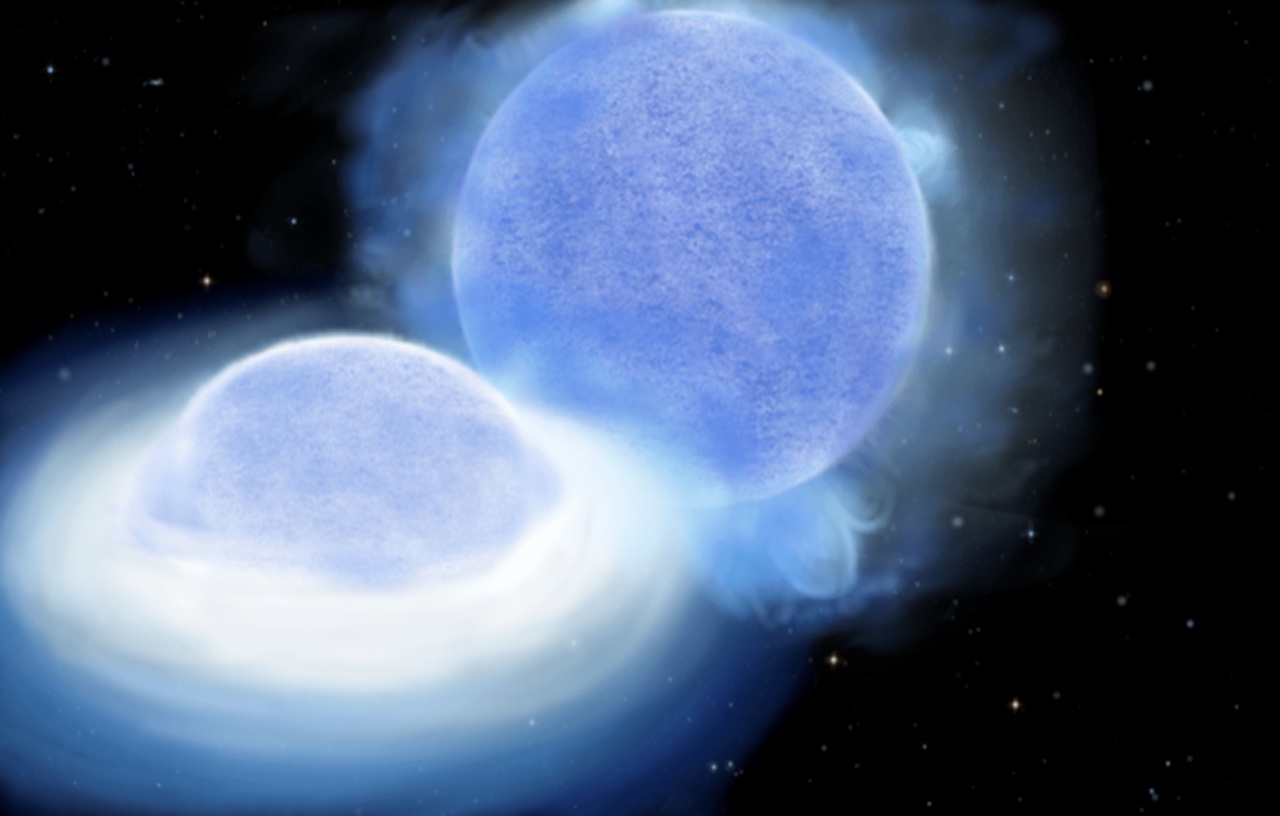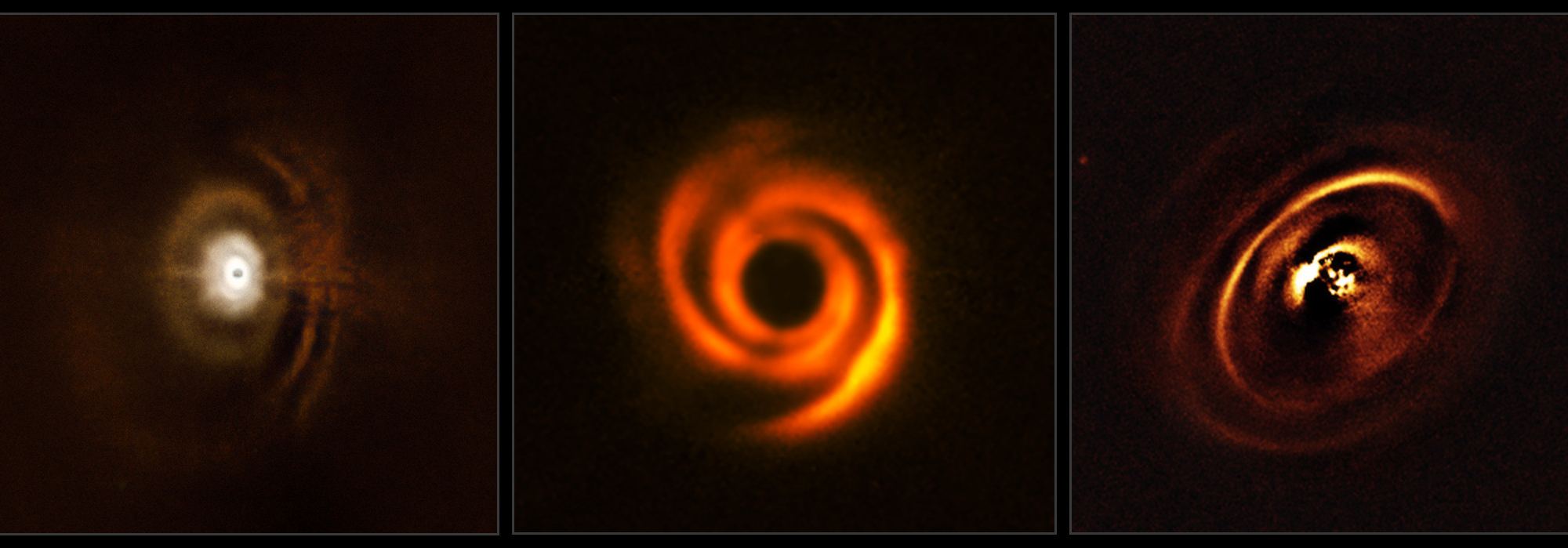Recently astronomers have been able to associate two seemingly unrelated phenomena: an explosive event known as a fast radio burst and the change in speed of a spinning magnetar. And now new research suggests that the cause of both of these is the destruction of an asteroid by a magnetar.
Continue reading “Magnetar Glitches, Fast Radio Bursts, And…Asteroids???”Titanium Clouds Make This Exoplanet Shine Like a Mirror
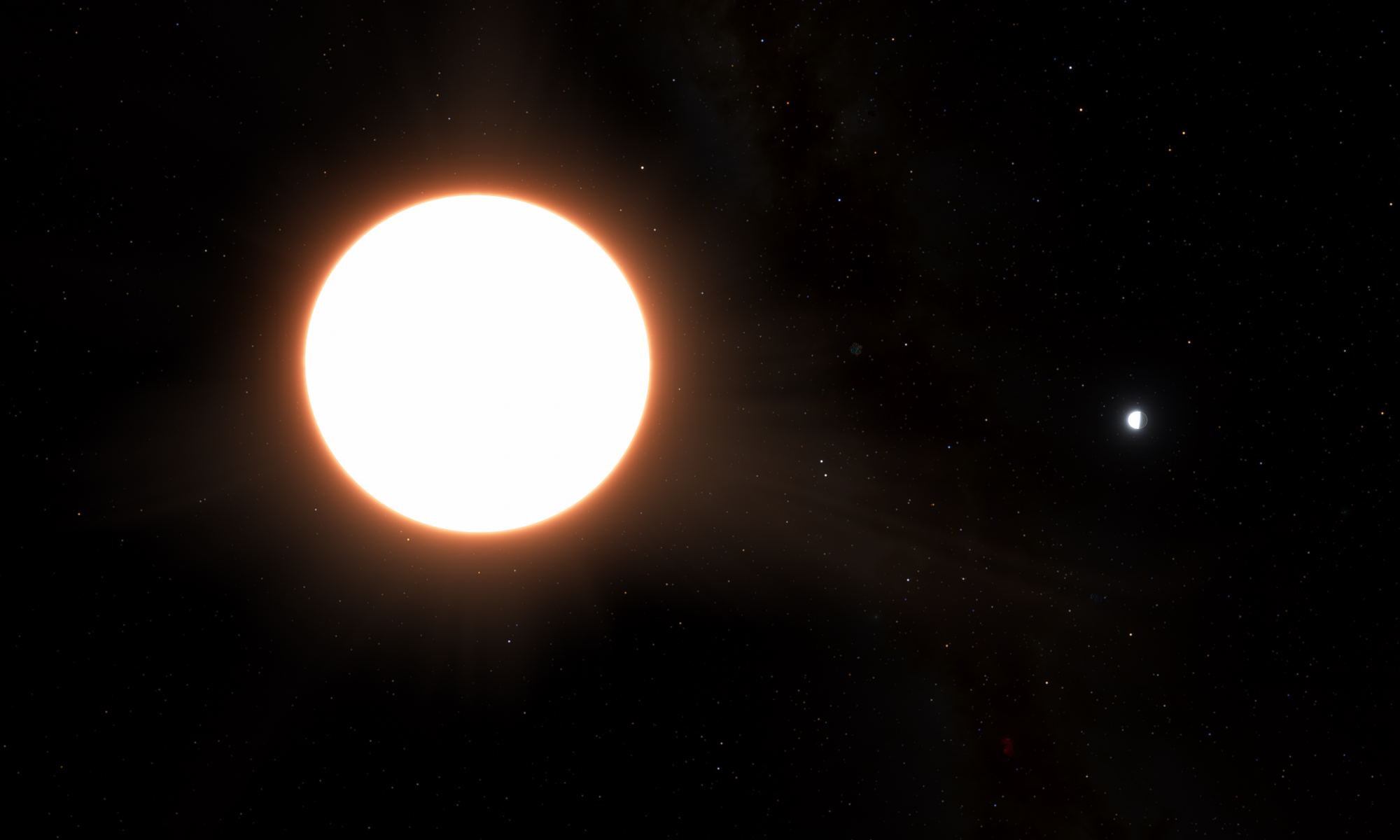
Astronomers have found a very unusual exoplanet. It’s a Neptune-sized world that orbits its star every 19 hours, and it’s the brightest exoplanet ever discovered. They are still learning about this world, which is a challenge because at first glance the planet shouldn’t exist.
Continue reading “Titanium Clouds Make This Exoplanet Shine Like a Mirror”Dynamical Dark Energy Might Explain Strange 21-cm Signal
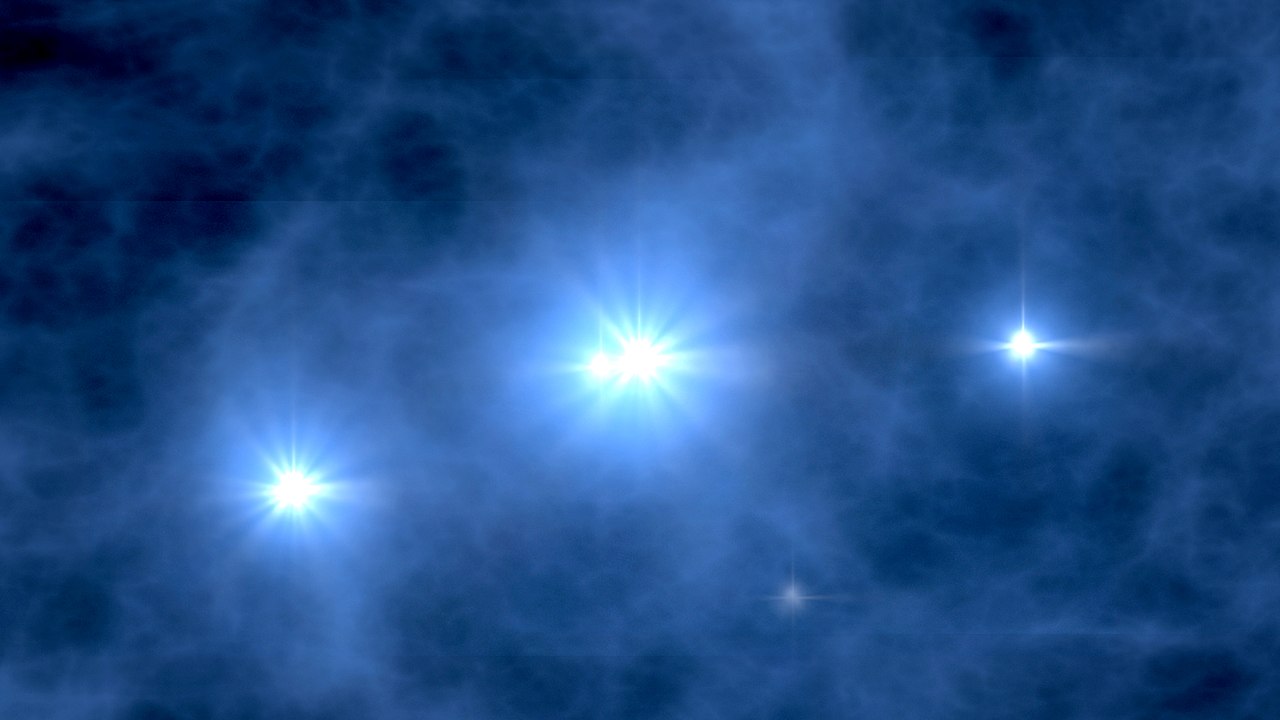
Dark energy may evolve in time, and it may even connect through a new force of nature with dark matter. And a researcher believes that we may have already seen evidence for this.
Continue reading “Dynamical Dark Energy Might Explain Strange 21-cm Signal”The Biggest Telescope in the World is Half Built

The European Southern Observatory continues to build the largest telescope in the world, the Extremely Large Telescope (ELT). Construction of the telescope began in 2014 with flattening the top of a mountain named Cerro Armazones in Chile’s Atacama Desert.
ESO just announced that progress on construction has crossed the 50% mark. The remaining work should take another five years. When it finally comes online in 2028, the telescope will have a 39-meter (128 ft) primary mirror of 798 hexagonal segments, making it the largest telescope in the world for visible and infrared light. The new telescope should help to answer some of the outstanding questions about our Universe, such as how the first stars and galaxies formed, and perhaps even be able to take direct images of extrasolar planets.
Continue reading “The Biggest Telescope in the World is Half Built”Wind Direction on Mars Changed Abruptly About 400,000 Years Ago
Human-driven climate change is a serious threat to humanity. While climatologists continue to improve our understanding of its impact and consequences, they also look at nature-driven climate change going back millions of years. Whereas for human climate change, we only have a case study of one planet, for natural climate change we have a case study of two planets. Like Earth, Mars has undergone significant climate change in the past. We know, for example, that young Mars was both warm and wet. Its climate changed over a billion years to become the cold and dry world we know today. Even more recently, there have been shifts in the Martian weather, as noted in a recent study in Nature.
Continue reading “Wind Direction on Mars Changed Abruptly About 400,000 Years Ago”Want to Find Colliding Black Holes? Check the Disks Around Quasars

The universe is awash in gravitational waves. The collisions of massive objects such as black holes and neutron stars generate many of them. Now astronomers are wondering about the environments where these catastrophic events occur. It turns out they might need to look at quasars.
Continue reading “Want to Find Colliding Black Holes? Check the Disks Around Quasars”A Black Hole Switched On in the Blink of an Eye
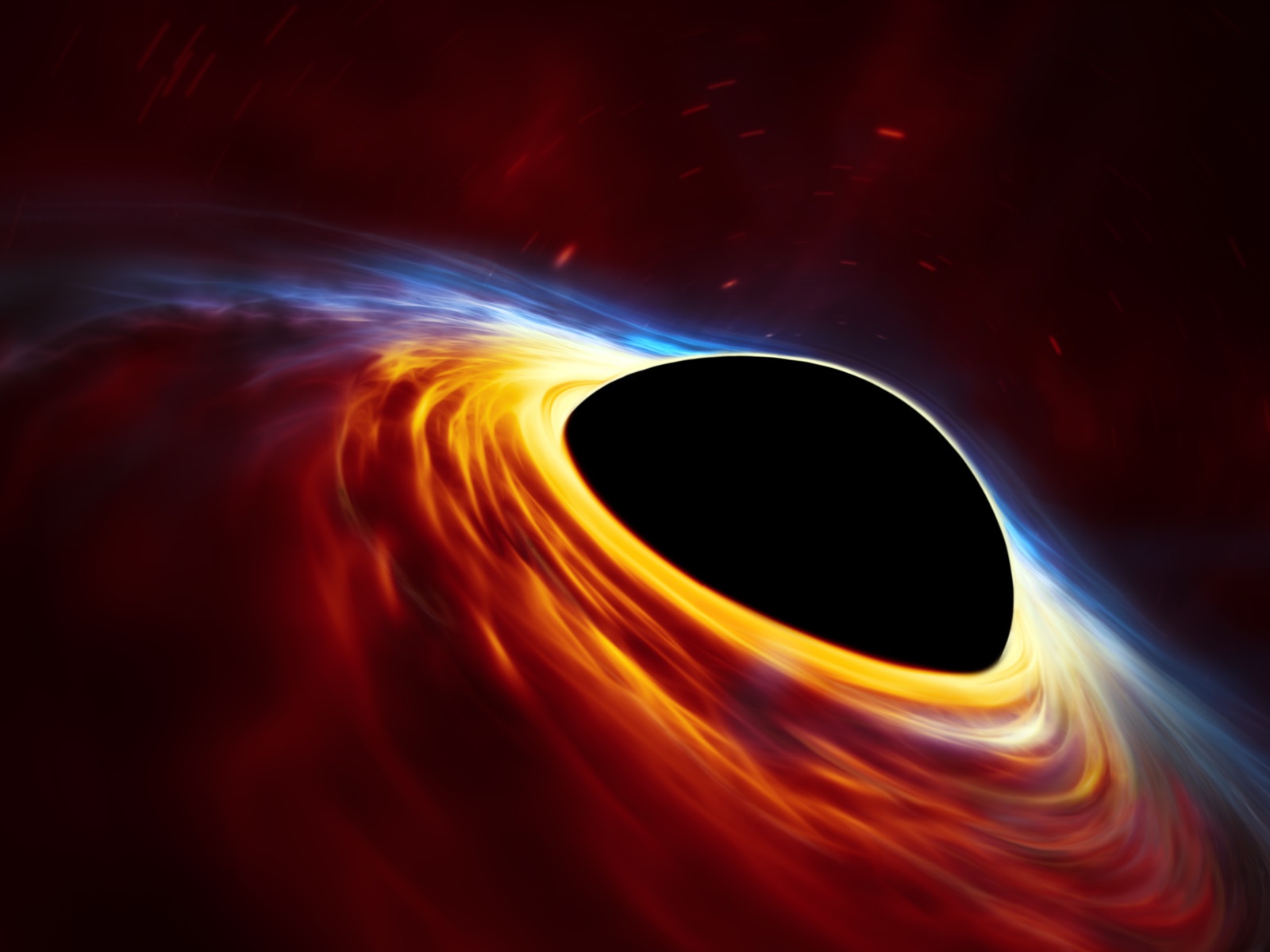
In 2019, a team of astronomers led by Dr. Samantha Oates of the University of Birmingham discovered one of the most powerful transients ever seen – where astronomical objects change their brightness over a short period. Oates and her colleagues found this object, known as J221951-484240 (or J221951), using the Ultra-Violet and Optical Telescope (UVOT) on NASA’s Neil Gehrels Swift Observatory while searching for the source of a gravitational wave (GW) that was thought to be caused by two massive objects merging in our galaxy.
Multiple follow-up observations were made using the UVOT and Swift’s other instruments – the Burst Alert Telescope (BAT) and X-Ray Telescope (XRT), the Hubble Space Telescope, the South African Large Telescope (SALT), the Wide-field Infrared Survey Explorer (WISE), the ESO’s Very Large Telescope (VLT), the Australia Telescope Compact Array (ATCA), and more. The combined observations and spectra revealed that the source was a supermassive black hole (SMBH) in a distant galaxy that mysteriously “switched on,” becoming one of the most dramatic bursts of brightness ever seen with a black hole.
Continue reading “A Black Hole Switched On in the Blink of an Eye”Ancient Stars Somehow Survived Close to the Center of the Milky Way
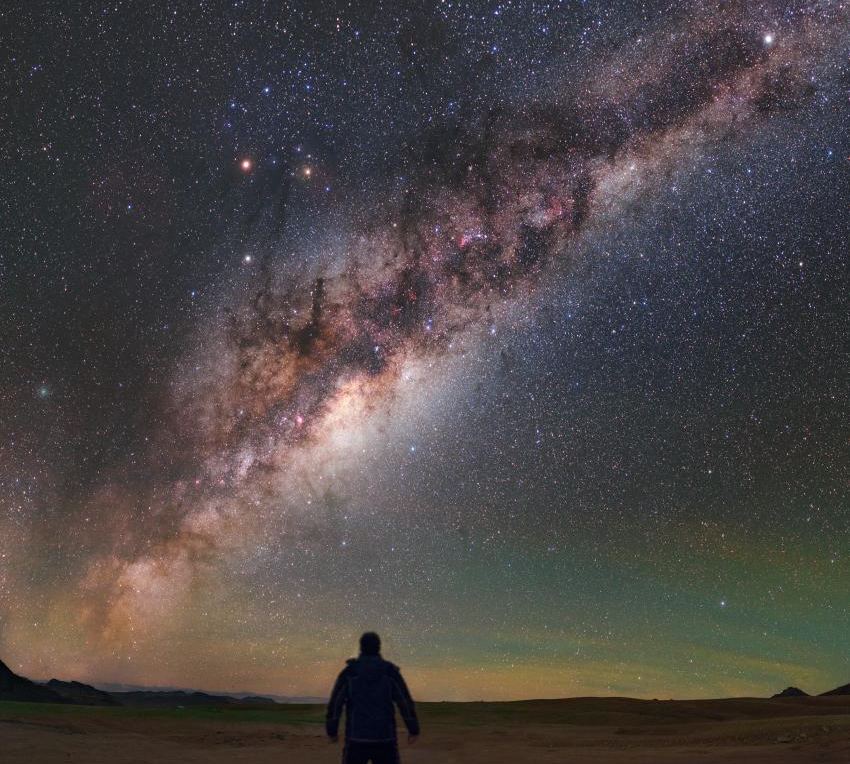
The core of our Milky Way Galaxy draws astronomers’ attention like moths to a flame. That’s because there’s a lot going on there. Not only is there a supermassive black hole, but also populations of very ancient red giant stars that swarm the center. Most of them date back at least to the formation of the Galaxy.
Continue reading “Ancient Stars Somehow Survived Close to the Center of the Milky Way”A Neutron Star is Unwinding a Companion Star
Close binary stars play several important roles in astronomy. For example, Type Ia supernovae, used to measure galactic distances, occur when a neutron star in a binary system reaches critical mass. These stars are also the source of x-ray binaries and microquasars, which help astronomers understand supermassive black holes and active galactic nuclei. But the evolutionary process of close binaries is still not entirely understood. That’s changing thanks in part to a new discovery of a close binary in its intermediate stage.
Continue reading “A Neutron Star is Unwinding a Companion Star”A Planet has Whipped Up Spiral Arms Around a Young Star
When you hear the phrase “spiral arms” you probably think of galaxies. Lots of galaxies have bright arcs of stars that spiral away from their center, including our Milky Way. But not all galaxies have spiral arms, and galaxies aren’t the only celestial objects with spiral arms. About a third of protoplanetary disks around young stars have spiral arms, and we now think we know why.
Continue reading “A Planet has Whipped Up Spiral Arms Around a Young Star”
